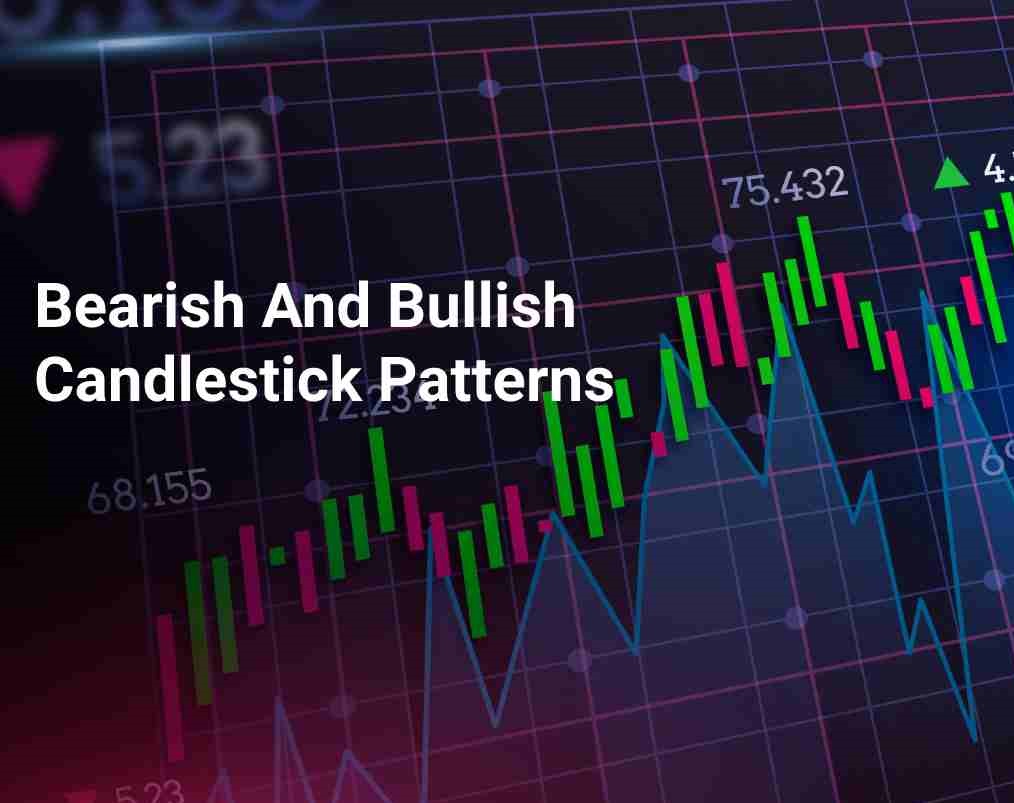What are Bearish Patterns?
What are Bearish Patterns
 Bearish patterns are chart patterns in technical analysis that indicate a potential trend reversal from an uptrend to a downtrend. These patterns can be used by traders and investors to identify potential selling opportunities in the market. Here are some common bearish patterns:
Head and Shoulders: This pattern is characterized by three peaks, with the middle peak being the highest. It signals a potential reversal of an uptrend to a downtrend.
Double Top: This pattern is characterized by two peaks of similar height, with a valley in between. It signals a potential reversal of an uptrend to a downtrend.
Rising Wedge: This pattern is characterized by a series of higher highs and higher lows, with the highs converging towards a resistance line. It signals a potential reversal of an uptrend to a downtrend.
Bearish Flag: This pattern is characterized by a downward sloping rectangle that is formed after a downward trend. It signals a potential continuation of the downtrend.
Bearish Pennant: This pattern is similar to the bearish flag, but is characterized by a symmetrical triangle formation. It also signals a potential continuation of the downtrend.
Descending Triangle: This pattern is characterized by a flat support line and a descending resistance line. It signals a potential reversal of an uptrend to a downtrend.
It is important to note that not all bearish patterns will result in a trend reversal, and traders should use caution and consider other technical indicators and market factors before making any trading decisions based solely on these patterns. |
Latest Stock Market Tutorials
| 1. What is Descending Triangle Pattern? |
| 2. What is Bearish Pennant Pattern? |
| 3. What is Bearish Flag Pattern? |
| 4. What is Rising Wedge Pattern? |
| 5. What is Double Top Pattern? |
Free Stock Market Tutorials
| 1. Free Fundamental Analysis Course |
| 2. Free Technical Analysis Course |
| 3. Free Price Action Trading Course |
| 4. Free Futures & Options Course |
IMPORTANT ALERT! Information Posting in this website is only for educational purpose. We are not responsible for losses incurred in Trading based on this information.